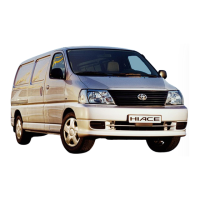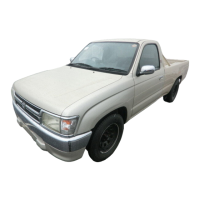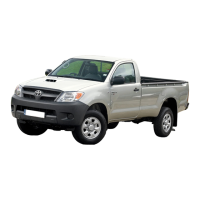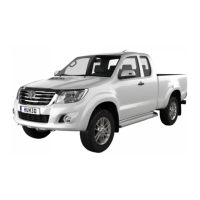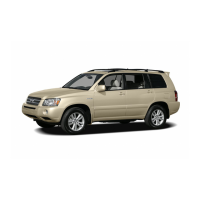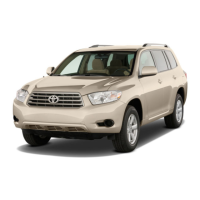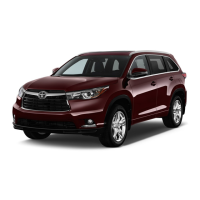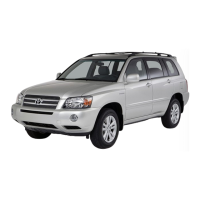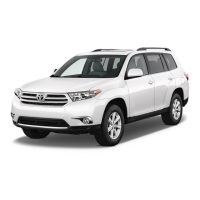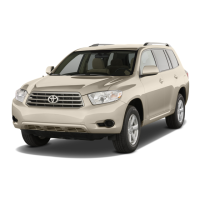47
1
1-1. For safe use
For safety and security
Seat belts
Make sure that all occupants
are wearing their seat belts
before driving the vehicle.
Observe the following precautions to
reduce the risk of injury in the event of
sudden braking, sudden swerving or
an accident.
Failure to do so may cause death or
serious injury.
■ Wearing a seat belt
● Ensure that all passengers wear a
seat belt.
● Always wear a seat belt properly.
● Each seat belt should be used by
one person only. Do not use a seat
belt for more than one person at
once, including children.
● Van
*
(vehicles with rear seats) and
wagon
*
: Toyota recommends that
children be seated in the rear seat
and always use a seat belt and/or
an appropriate child restraint sys-
tem.
● Commuter
*
: Toyota recommends
that children be seated in the rear
seat and always use a seat belt.
*
: See “Checking your vehicle’s
model” if you are not sure of which
model your vehicle is. (P.9)
● To achieve a proper seating posi-
tion, do not recline the seat more
than necessary. The seat belt is
most effective when the occupants
are sitting up straight and well back
in the seats.
● Do not wear the shoulder belt under
your arm.
● Always wear your seat belt low and
snug across your hips.
● Use seat belts only with the seats
for which they intended. For exam-
ple, do not use the right rear seat
belt for the left rear seat.
■ Pregnant women
Obtain medical advice and wear the
seat belt in the proper way. (P. 4 8)
Women who are pregnant should
position the lap belt as low as possi-
ble over the hips in the same manner
as other occupants, extending the
shoulder belt completely over the
shoulder and avoiding belt contact
with the rounding of the abdominal
area.
If the seat belt is not worn properly,
not only the pregnant woman, but
also the fetus could suffer death or
serious injury as a result of sudden
braking, sudden swerving or a colli-
sion.
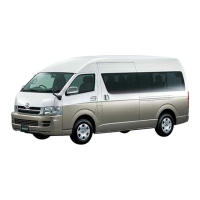
